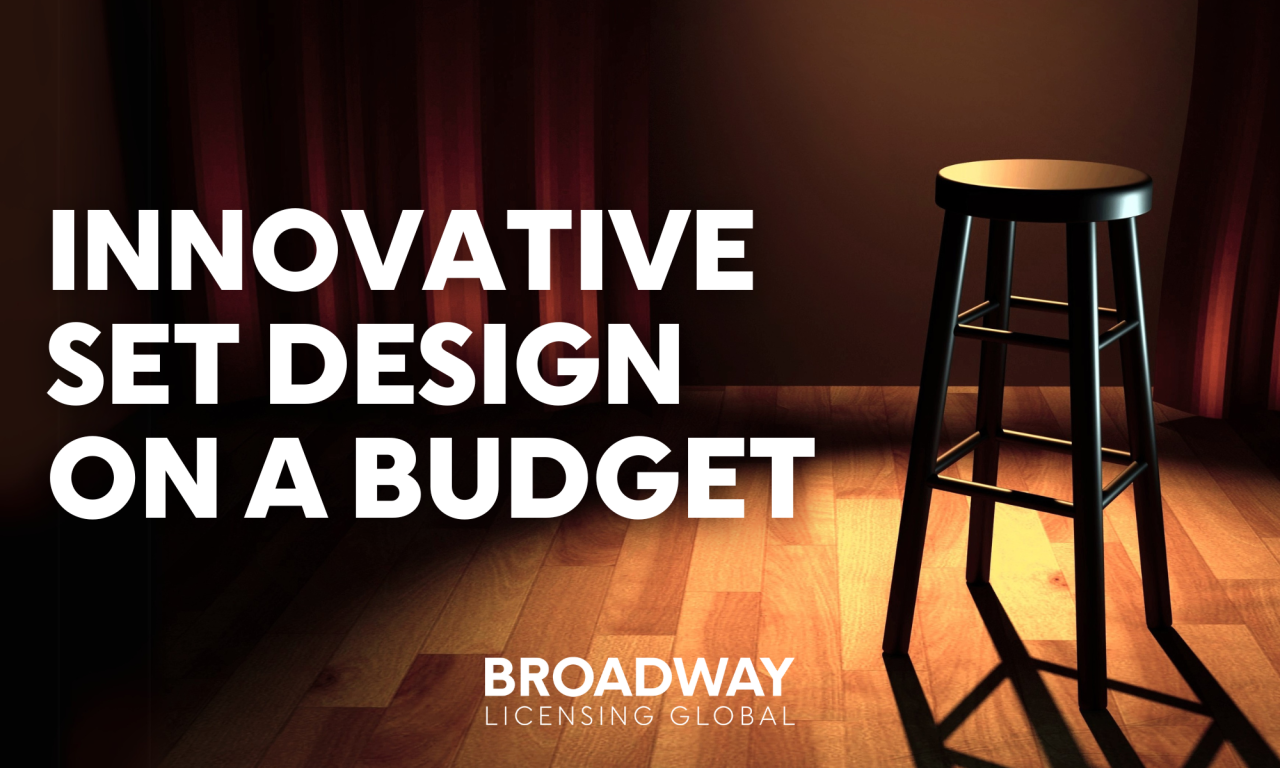In the world of theatre, the magic of a performance doesn’t just rely on the actors or the script; it’s also immensely enhanced by the world they inhabit on stage. However, creating this world often comes with a notable challenge: budget constraints. But fear not! A limited budget does not mean limited creativity. In fact, it often spurs some of the most innovative and memorable stage designs. Let’s explore how you can create an impactful stage set without breaking the bank.
 Embracing Minimalism: Less Is More
Embracing Minimalism: Less Is More
The first step in budget-friendly stage design is embracing minimalism. Minimalism in stage design doesn’t mean barren stages but rather focusing on the essentials. It’s about making bold choices with a few elements. By reducing visual noise, you allow your audience to focus on the story and the performances.
Thrift and Repurpose: The Art of Scavenging
Your local thrift stores, recycling centers, and even your own storage rooms are treasure troves waiting to be discovered. Old furniture can be repainted or reupholstered. Everyday items can be transformed into something fantastical. A bit of creativity can turn mundane objects into key elements of your set. This approach not only saves money but also adds a unique charm to your production.
Collaboration and Community Engagement
Engaging with your community can open a world of resources. Local businesses might be willing to lend items in exchange for a mention in the program. The art teachers in your school can be invaluable allies. Collaborations like these not only solve budget issues but also foster a sense of community and shared ownership in the production.
 Lighting: The Mood Maker
Lighting: The Mood Maker
Innovative lighting can completely transform a space. With a limited budget, focus on lights that can serve multiple purposes. Colors and gobos can create different settings and moods without physically changing the set. A well-placed spotlight or a subtle shift in lighting can have a dramatic effect.
Digital Scenery: Projecting Imagination
Projectors can be a budget-friendly way to create dynamic backdrops. From changing landscapes to intricate patterns, the possibilities are endless. Digital scenery offers flexibility and can be especially useful for shows that require multiple settings.
Adaptive Design: One Set, Many Uses
Design a set that is versatile and can be used in multiple ways. A platform can be a bed, a table, or a hill. Curtains can change the depth and shape of the stage. Think about how each element can be adapted or moved to create different scenes.
A version of this article appeared in The Scene on 2/3/24.





